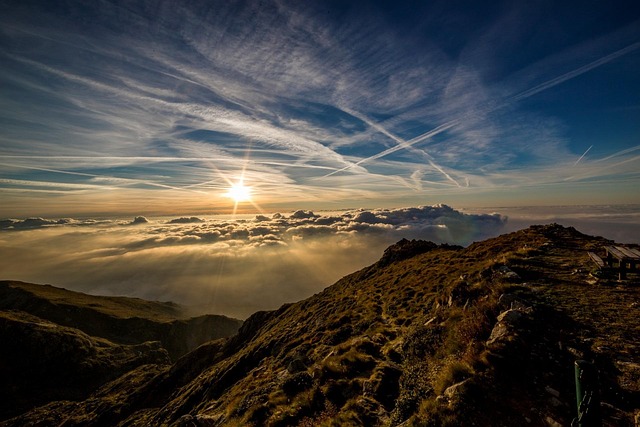In the world of photography, zoom isn’t just a function on a camera; it’s a powerful tool that can transform the way we capture and tell stories through images. Mastering the art of zoom goes beyond merely adjusting your lens—it’s about understanding how optics interact with lighting to create stunning visuals that resonate with viewers.
As you delve into the discipline of photography, consider the relationship between zoom and light. The ability to zoom in allows you to focus on the finer details, revealing textures and nuances that are often overlooked in wider shots. This level of detail can illuminate a subject in a way that draws the viewer’s eye, creating an emotional connection to the photo.
Good lighting is essential for capturing the essence of your subject, and integrating the zoom function can elevate your photography to new heights. In natural light settings, utilizing zoom effectively helps you manipulate the way light falls on your subject. For instance, when zooming in, the background may become beautifully blurred, which creates a bokeh effect that highlights your focal point in exquisite detail.
Understanding how optics play into this process is crucial. Different lenses offer various focal lengths and apertures, each affecting how light enters the camera and interacts with your subject. For example, a wide aperture can enhance your photos by allowing more light to hit the sensor, particularly when zooming in on dimly lit subjects. This is where knowing your camera becomes invaluable; selecting the right lens and settings can elevate your images dramatically.
Moreover, mastering the art of zoom isn’t just about technical proficiency—it’s also about vision. Think about what you want to convey. Are you trying to capture the emotion in a person’s eyes, the intricate patterns of nature, or perhaps the vibrant colors of an urban scene? Adjusting your focal length with intent can help tell your story through light and shadow, capturing a moment that resonates with the viewer.
Experimentation is key. Take your camera out at different times of the day to see how varying light conditions impact your images. Play with different zoom levels, and observe how the interplay between zoom and lighting creates diverse outcomes. Each click of your shutter is an opportunity to explore new creative avenues, and the fusion of zoom and lighting allows for boundless possibilities.
Incorporating smart lighting techniques, such as using reflectors, diffusers, and external sources, can further enhance your zoom shots. These tools can help manipulate natural light or provide your subjects with an extra boost, making them pop even more against their surroundings. When you harness the power of lighting along with the versatility of zoom, you give yourself the ability to express complex narratives through your photographs.
So, as you continue to hone your photography skills, remember that mastering the art of zoom is an ongoing journey. Reflect on how each image you create is a culmination of light, optics, and your unique perspective. The more you practice, the more confident you’ll become in utilizing zoom to illuminate and elevate your photography, ensuring that every shot tells a compelling story.




